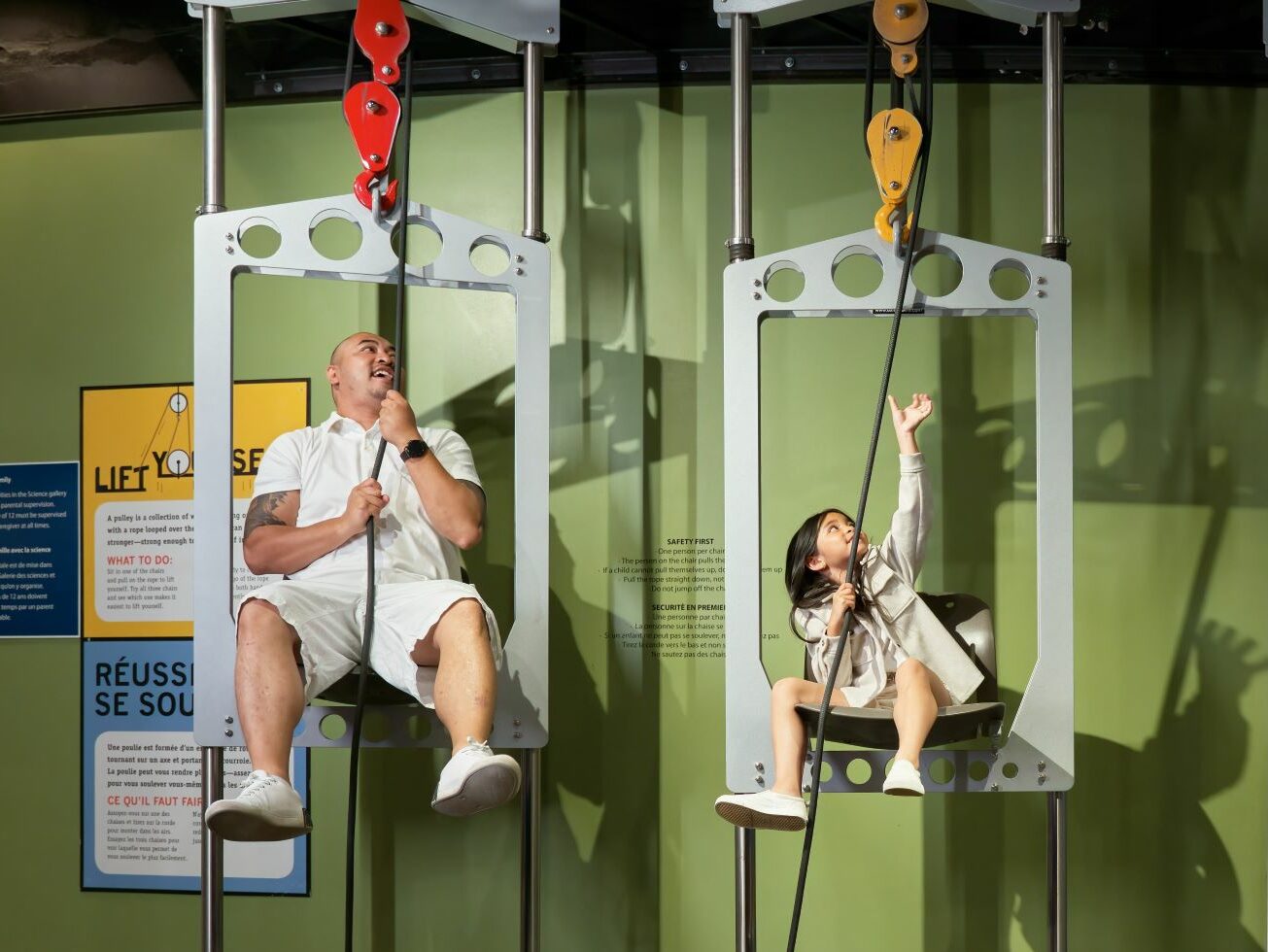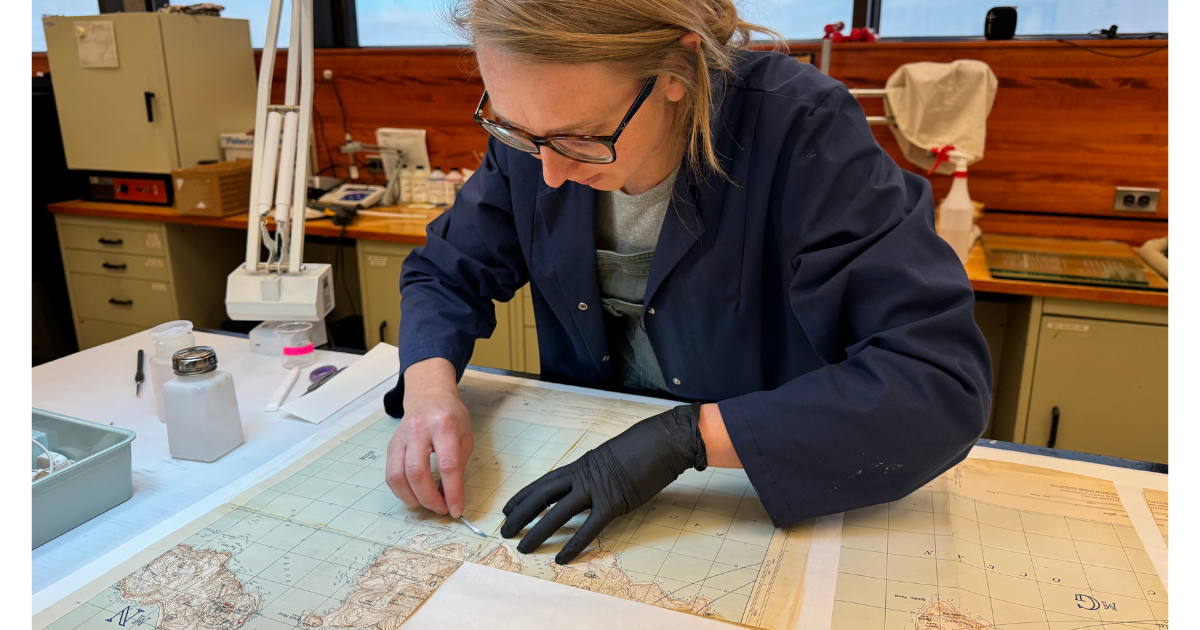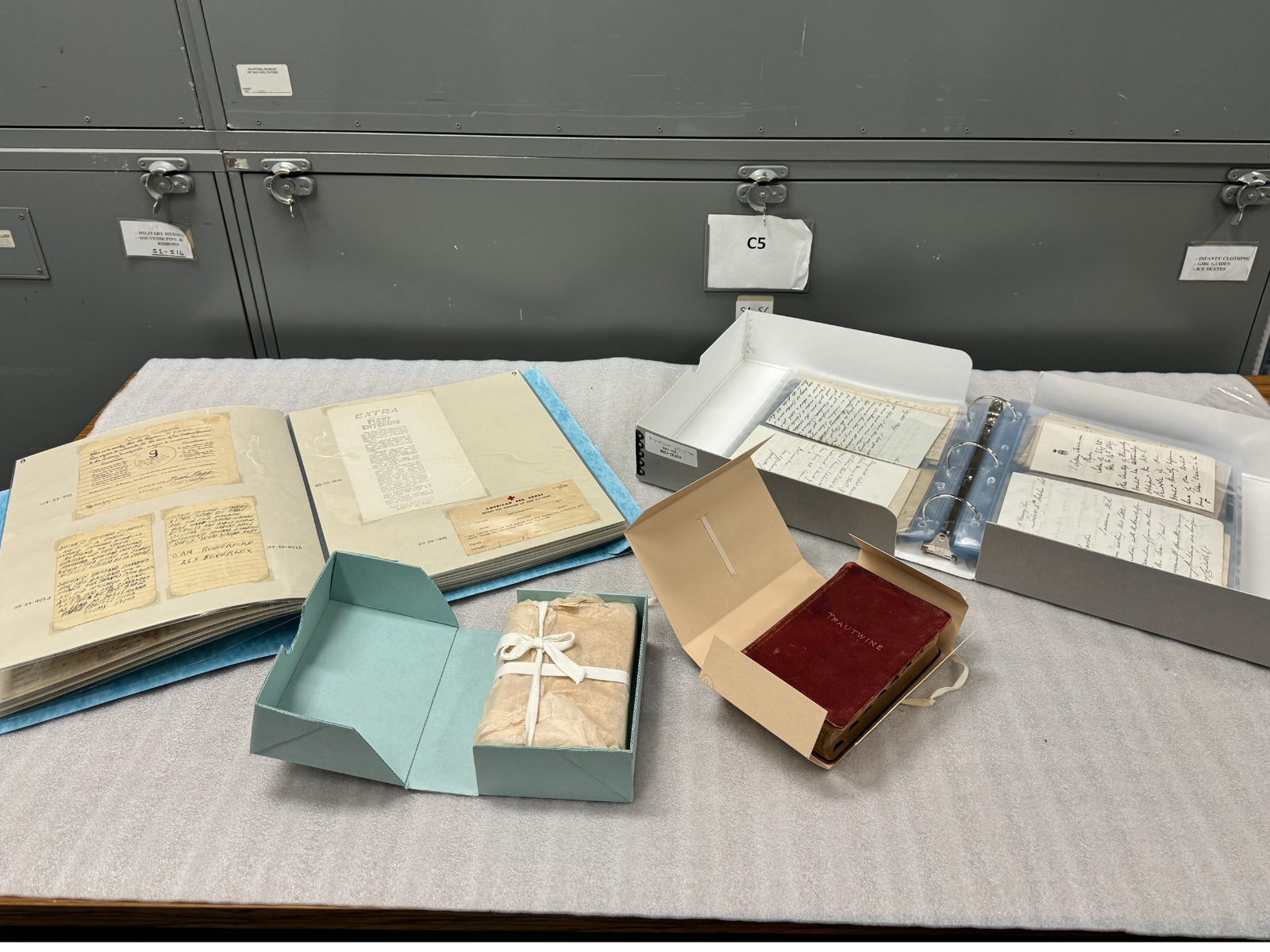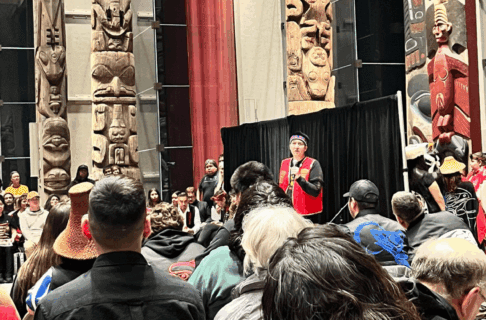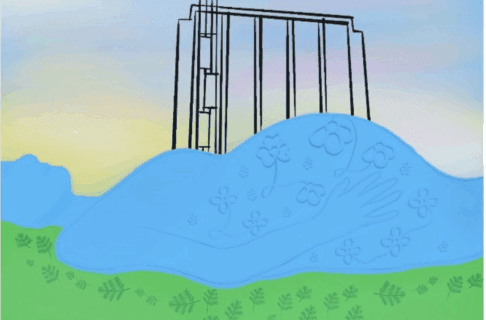Posted on: Tuesday March 11, 2025
If you live in North America and are set to have clear skies the night of Thursday to Friday, then you’ll have a chance to see a total lunar eclipse this week!
Join Planetarium Astronomer Scott Young to learn how lunar eclipses occur, and when to be on the watch for this one.


